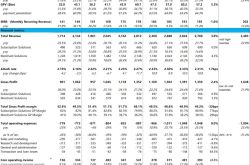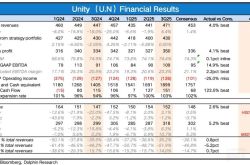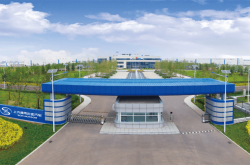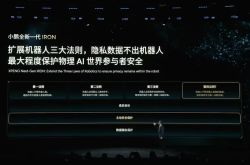AI "Dark Horse" Ignites! DeepSeek Concept Stocks Unveiled (List)
![]() 02/05 2025
02/05 2025
![]() 606
606
In early 2025, the Chinese AI industry witnessed a historic milestone. DeepSeek, a company founded just three years ago, launched its new generation large model, DeepSeek-R1, which surpassed OpenAI GPT-4 with a reasoning accuracy of 86.7%. This achievement shocked the world, especially considering its training cost of only $5.576 million—a mere fraction (1/10) of GPT-4's cost.
This breakthrough signifies not only the first time Chinese AI technology has outpaced Western leaders in core metrics but also redefines the underlying logic of the global AI industry through a trinity model of "open source ecology, algorithm innovation, and cost control."
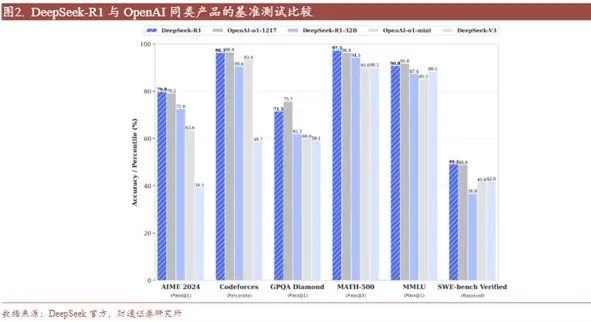
01. Redefining the Possibilities of AI Cognitive Evolution
At the heart of DeepSeek's technological innovation lies DeepSeek-R1-Zero, which pioneered the development of an unsupervised reinforcement learning training system. As the world's first large language model to entirely forgo the supervised fine-tuning (SFT) process, it successfully unleashed the model's reasoning potential through a pure reinforcement learning pathway, proving the feasibility of weakly supervised learning in complex cognitive tasks.
Leveraging this breakthrough, the research and development team enabled DeepSeek-R1 to exhibit remarkable self-evolution capabilities through a four-stage training process: "cold start data injection, reasoning-oriented reinforcement learning, rejection sampling optimization, and full-scenario reinforcement learning." This training paradigm significantly reduces reliance on labeled data and unveils a technical pathway for the model to enhance its reasoning abilities through autonomous exploration.
Addressing the industry's challenge of boosting small model performance, the DeepSeek-R1-Distill series introduced a new dimension of knowledge distillation. Research reveals that using R1 as a "teacher model" for knowledge distillation substantially improves small models' reasoning performance compared to directly applying reinforcement learning to them.
This confirms that the reasoning patterns large models develop through learning are highly transferable, and their inherent chain-of-thought logic can be effectively transferred to lightweight models via parameter distillation. This discovery offers crucial insights: in resource-constrained scenarios, constructing a technical system of "large model knowledge transfer + small model deployment and application" can maintain reasoning accuracy while achieving a balance in computational efficiency.
In terms of commercial application, DeepSeek-R1 showcases a highly competitive cost advantage. Its API service adopts a differentiated pricing strategy: charging 1 yuan per million input tokens (cache hit) or 4 yuan (cache miss), and only 16 yuan per million output tokens. This pricing system is notably lower than that of its international counterparts.
This cost-effective pricing strategy not only lowers developers' trial-and-error costs but also accelerates the "flywheel effect" of model iteration through economic leverage. Developers can invest the saved costs in functional optimization, thereby fostering a positive cycle of "model optimization - improved user experience - expanded usage scale."
From an industry impact perspective, the DeepSeek-R1 series achieves dual value in technological innovation and commercial application. For large model developers, the pure reinforcement learning path validated by R1-Zero opens up new possibilities for training paradigms, demonstrating that algorithm design can unleash models' inherent potential and break through the performance ceiling of traditional supervised learning.
For lightweight application scenarios, the knowledge transfer efficiency demonstrated by R1-Distill provides novel technical solutions for edge computing, mobile deployment, and other contexts. This dual-track development model—"large models leading innovation and breakthroughs, small models driving application landing"—is reshaping the AI industry's technical ecosystem.
Currently, the DeepSeek-R1 series has demonstrated exceptional performance in complex reasoning, multi-turn dialogue, logical decision-making, and other scenarios. With continuous advancements in model iteration and ecosystem construction, its technological innovation value will gradually permeate multiple vertical fields such as financial analysis, intelligent customer service, educational assistance, and inject new impetus into promoting the inclusive application of AI technology.
02. AI Applications May Enter an Explosion Period
DeepSeek's technological path directly challenges traditional AI research and development paradigms. Its far-reaching impact lies in the ecological fission triggered by technology open sourcing: the community, with 470,000 developers worldwide participating, has derived 17 vertical sub-models in finance, healthcare, education, and other fields.
The education sector stands to benefit first and foremost. With platforms like Xueersi and Zuoyebang integrating R1, the AI education market size is projected to exceed 80 billion yuan in 2025. The transformation of office scenarios is also accelerating, with Kingsoft Office's WPS intelligent assistant enhancing contract writing efficiency fourfold and reducing the error rate to below 0.3%, unleashing a market space exceeding 120 billion yuan.
The multimodal battlefield is equally intense. Doubao and Jieyue Xingchen have carved out differentiated business paths through the integration of emotional computing and 3D generation technology: Jieyue's "Xinghai" model achieves a 28% paid conversion rate in autism intervention, with an emotional recognition accuracy of 85%, which is 23 percentage points higher than the industry average. The virtual fitting room powered by Doubao Engine boosts Vipshop's conversion rate by 37% and reduces the return rate by 19%, supported by its real-time text-to-3D product generation capability.
This technological upgrade is reshaping the industrial landscape. Hengdian World Studios utilizes multimodal AI for script storyboard generation, reducing the production cycle of a single film by 40%. Visual China rapidly expands its 3D material library through API access, driving a 15-percentage-point increase in gross margin. IDC predicts that China's multimodal market will reach $32 billion by 2027, with e-commerce and pan-entertainment accounting for 75% of the share. Marketing service providers such as BlueFocus have already seized this wave of technological dividends, with smart content generation revenue increasing by 214% year-on-year.
The maturity of agent technology marks the dawn of a new era for AI applications. The autonomous task execution capabilities driven by Zhipu GLM-4 and OpenAI GPT-4 are redefining industry operational logic: the financial agent developed by Hengsheng Electronics completes the full chain of decision-making from macroeconomic analysis to individual stock ratings, and CITIC Securities has tested a portfolio return rate exceeding the benchmark by 2.7%. Ping An Good Doctor's diagnostic agent handles an equivalent daily volume of 300 general practitioners with an accuracy rate of 85%. Huawei's Pangu agent achieves a 98.6% fault prediction accuracy rate in power grid operation and maintenance, reducing annual costs by over 1 billion yuan. Notably, the application threshold has been lowered—Baidu's "AgentStudio" platform allows small and medium-sized enterprises to create exclusive agents without code, with this group accounting for 63% of customers. This "tool-as-a-service" model may incubate a new generation of AI unicorns.
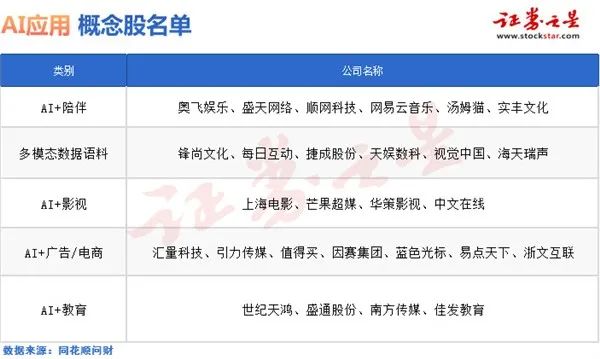
- End -


